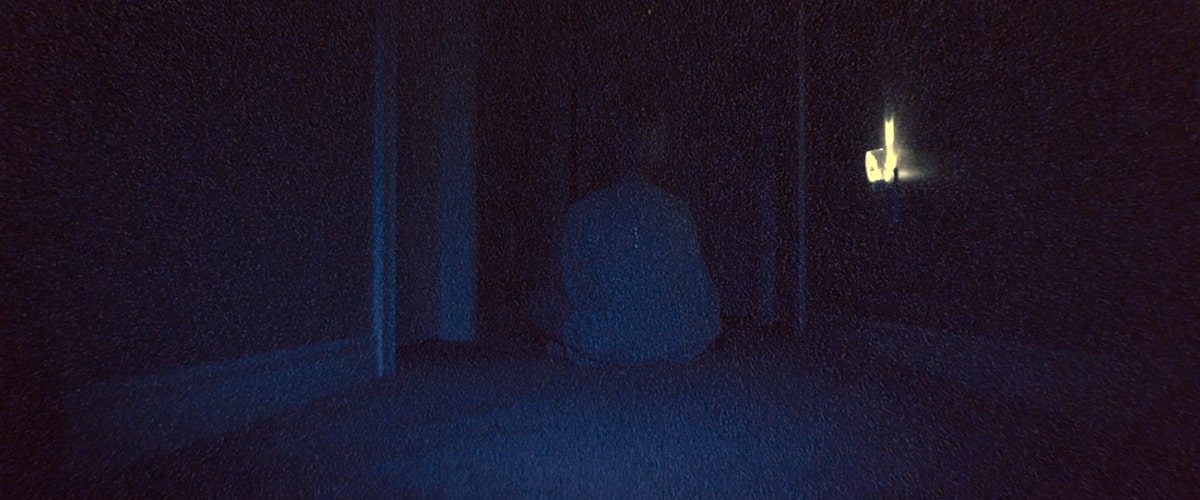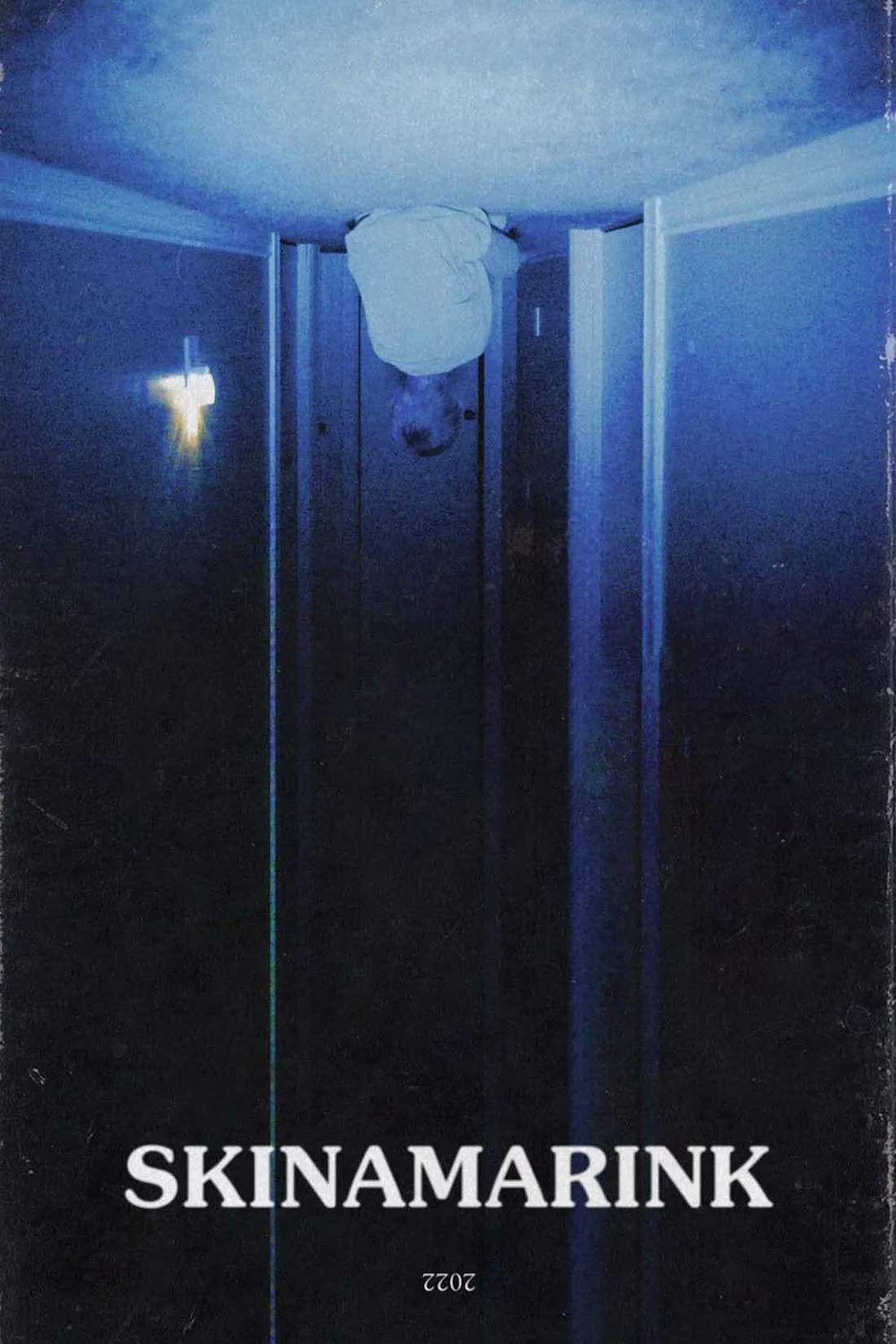It’s not merely its unique tone and structure that makes Kyle Edward Ball’s highly-buzzed “Skinamarink” a difficult film to review. It’s certainly a film that demands your concentration, a movie that works best if you know nothing about it going in and are willing to get lost in something with strange, unsettling visual language. But it’s also the kind of thing that would work best if somehow a viewer could just stumble upon it in the middle of the night on some obscure cable channel, unsure of what they’re watching but increasingly terrified as they do so, like they’re watching something they shouldn’t see. Ball attempts to recreate that feeling when you wake up at like 2:46 AM and it seems like something is just … wrong. We all know it. We’ve all felt it. And the best parts of “Skinamarink” convey that unsettled space between nightmare and reality that feels legitimately dangerous. It spends too much time in some of its beats—there’s a stronger, tighter version that’s more disquieting by not wearing out its welcome at 100 minutes—and a couple of loud jump scares are misplaced in a film that generally avoids that crutch, but this is a major debut from a filmmaker who is willing to tell horror stories in a way that’s both different for the genre and yet also like something we’ve all experienced before.
Ball got his start filming user-submitted nightmares in short-film form, and he has claimed that a large number of users had a similar terror dream in which they were a young child between around six and ten who woke up to find their parents were gone … and that something evil was in the house. That’s the basic set-up for a very non-basic film that is described thusly in most press releases: “Two children wake up in the middle of the night to find their father is missing, and all the windows and doors in their home have vanished.” And that’s about it, but also not it at all. “Skinamarink” is an experiment in form and storytelling, pushing viewers to stop interpreting it and experience it instead.
To that end, Ball uses as many formal restrictions as a Dogme 95 filmmaker. He never shows anyone’s face. Most of the shots are of barely-lit hallways or ceilings (that dark still above is about the extent of the lighting a lot of the time), made to look like they’re shot on grainy film that has been lit only by a television set in the other room. Human activity is reduced to a child’s legs moving through the frame or the unsettling back of a parent sitting on the edge of a bed in darkness. And these shots of mundane domesticity, which were filmed in Ball’s childhood home, aren’t artistically staged. It often feels like a camera was left on the floor or a chair, pointed in a strange direction that obscures as much as it reveals. Almost every shot seems to say something is wrong without revealing what that something is or the details of the threat. It’s a child’s dream logic. At first, you’re tempted to discern what’s in the darkness or why Ball chose that particular angle of the ceiling light that looks exactly like the one in the room you’re in right now, but “Skinamarink” starts to tear down the traditional questions viewers ask while watching a movie. You just have to give in.
It helps that Ball enhances his nightmare vision through confident sound design. There’s no score to alleviate the tension and remind us it’s just a movie. The audio mix consists mostly of music and sound bites from public-domain cartoons, the kind of oddly bizarre things that one finds on TV in the middle of the night. But Ball’s greatest sound design trick is in the dialogue, which is always off-camera and sometimes difficult to hear. Imagine waking up in the middle of the night and hearing a whisper coming from around the corner of the door. That’s “Skinamarink.” Excuse me, I have to go turn a few more lights on in my house.
In theaters today.




















